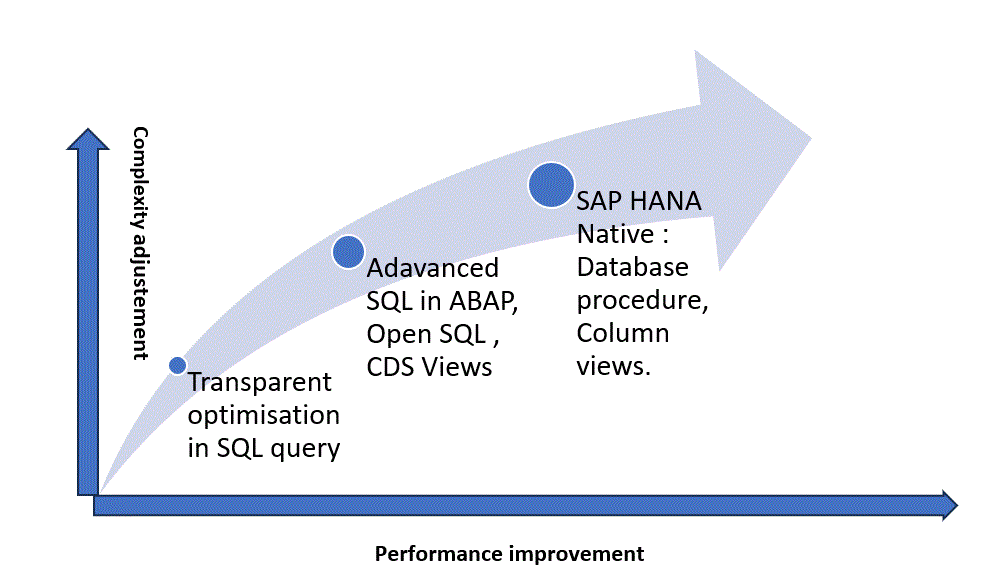What's New in the SAP HANA Database
In this article, I will highlight the most important key points to ensure a smooth transition from SAP ECC to SAP HANA.
Some tables in SAP HANA have a unique schema called a column store, which differs from the classic row store. This innovative data storage method is designed to optimize analytical calculations. It requires robust infrastructure, such as a powerful CPU and other technical components. Additionally, the SAP HANA database employs compression techniques to significantly reduce memory requirements.
SAP HANA became widely available as the primary database for AS ABAP systems starting with SAP HANA SPS06 and NetWeaver 7.40.
SAP has introduced new tools and artifacts to support the HANA database. If your existing code encounters performance issues, you have three main options:
Adapt your existing code: Review and optimize your code for improved compatibility and performance.
Use new artifacts (CDS views): Leverage Core Data Services (CDS) to create database views and seamlessly integrate them with Open SQL.
Utilize native database artifacts: Implement database-specific objects, such as procedures and column views, and invoke them directly from the ABAP server.
Conclusion: The goal of these innovations is to shift logic and computations from the application layer to the database layer. Modern databases like SAP HANA are highly efficient and capable of handling complex calculations. When you encounter terms like CDS views or HANA database procedures, remember that they represent new repository objects built around the "Top-Down" approach for the "Code-to-Data" paradigm.
Other new aspects in SAP HANA to enhance code execution and calculation directly in the database include:
Enhanced Open SQL: A revamped Open SQL with fewer restrictions and new enhancements, including features like SQL CASE, CAST, and string concatenation for more complex queries.
Native SQL for Improved Performance: Native SQL, similar to standard SQL, now includes advanced capabilities such as ABAP Managed Database Procedures (AMDPs), allowing you to create database procedures directly from the ABAP server.
New Interface for Writing Database Procedures: A new interface, IF_AMDP_MARKER_HDB, enables you to write database procedures directly in the ABAP server. Within the implemented EXECUTE method, you can include your SQL Script logic.


